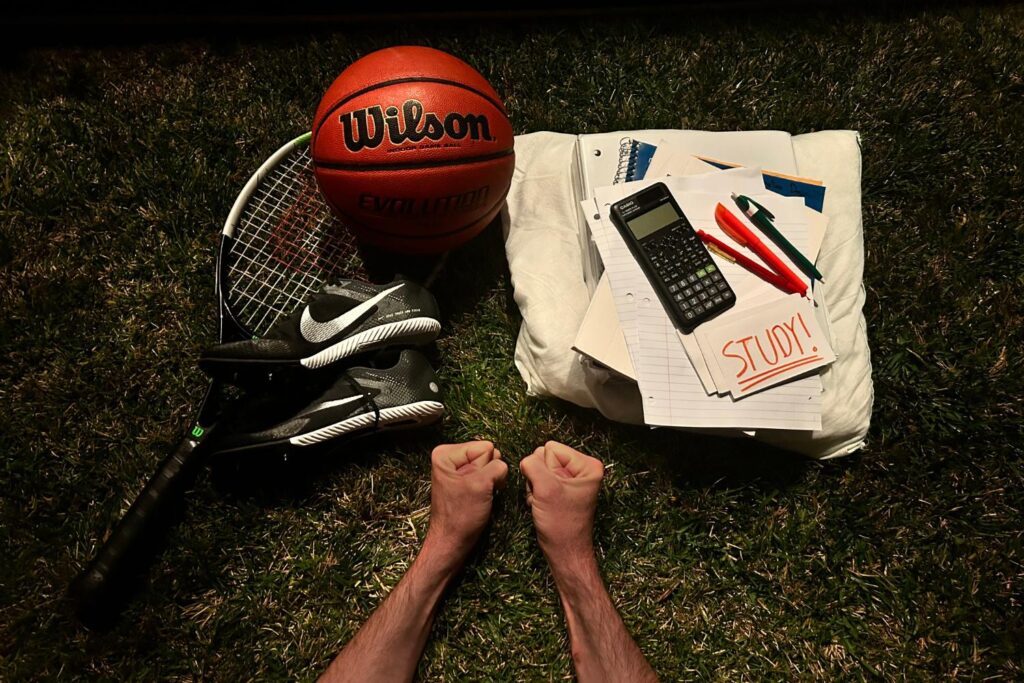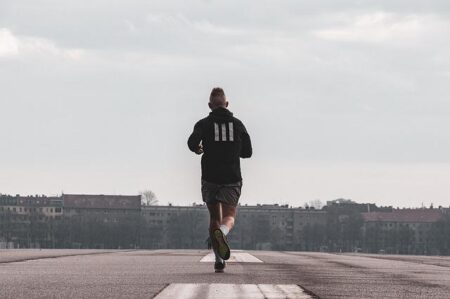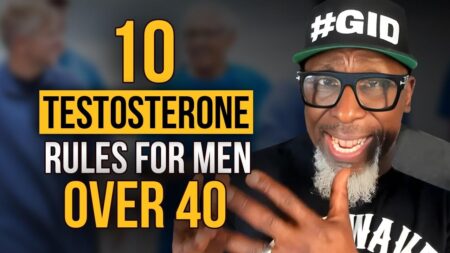Title: Navigating the Pain Threshold: Social Class and Pain Reporting among College Student-Athletes
In the high-stakes world of collegiate athletics, where performance is frequently enough prioritized above all else, a silent struggle brews beneath the surface. A new study published in The Sport Journal sheds light on the crucial yet often overlooked issue of pain reporting among college student-athletes, revealing how social class can significantly influence athletes’ willingness and ability to disclose their physical suffering. This research uncovers a complex interplay between socioeconomic background and the cultural expectations of toughness within sports, prompting critical questions about mental health, well-being, and the support systems in place for these young athletes. As college sports continue to evolve, understanding these dynamics becomes vital‚ÄĒnot just for the athletes themselves, but for coaches, trainers, and institutions striving to create a healthier, more equitable athletic environment.
Understanding the Impact of Social Class on Pain Tolerance in Student-Athletes
Recent studies highlight a fascinating, yet troubling, correlation between social class and pain tolerance among college student-athletes. Many athletes from lower socioeconomic backgrounds often report significantly higher pain thresholds while competing.This phenomenon can be attributed to various factors, including cultural norms surrounding masculinity and toughness, which lead individuals to downplay their pain experiences. Additionally, these athletes may feel pressured to demonstrate resilience in their performance to secure opportunities that can elevate their social class standing, resulting in a reluctance to report discomfort or pain.
The implications of this dynamic are profound, as it can affect both the physical health and performance of student-athletes. Understanding how socioeconomic status influences pain perception can definitely help in developing more tailored support systems for athletes across different backgrounds. Key factors influencing this relationship include:
- Cultural Attitudes: Stereotypes about strength and vulnerability
- Access to Healthcare: Disparities in medical attention and rehabilitation options
- Community Support: Varying levels of encouragement and understanding from peers and family
To further analyze these trends, consider the following table that outlines the relationship between social class and pain reporting among student-athletes:
| social Class | Pain Tolerance Level | Pain Reporting Frequency |
|---|---|---|
| Lower | High | Low |
| Middle | Medium | Moderate |
| Upper | Low | High |
Exploring Disparities in Pain Reporting and Treatment access Among College Athletes
The disparities in how college athletes report pain and access treatment reveal significant underlying issues related to social class. Research indicates that athletes from lower socioeconomic backgrounds frequently enough face systemic barriers that inhibit their ability to articulate health concerns. Many of these athletes may prioritize team performance and perceptions of toughness over their personal wellbeing, leading to underreporting of pain. This reluctance is compounded by fears of stigma or loss of playing time, which can ultimately detract from their long-term health and careers. Moreover, inadequate education on pain management often leaves these athletes unprepared to navigate their injuries effectively.
Access to healthcare services is substantially influenced by social status, with a notable difference in the resources available to athletes based on their economic backgrounds. A recent analysis illustrates this disparity through the following key points:
- Availability of Medical Resources: Student-athletes from wealthier families are more likely to access private healthcare services.
- Insurance Coverage: Many lower-income athletes rely on university health plans, which may offer limited treatment options.
- Awareness of rights: Athletes with greater financial means frequently enough have better awareness of their rights regarding healthcare access.
To better illustrate the impacts of these disparities, the following table summarizes recent findings on pain reporting and treatment access among various socioeconomic groups:
| Socioeconomic Status | Pain Reporting Rate (%) | Access to Specialized Treatment (%) | Student Satisfaction with Care (%) |
|---|---|---|---|
| High Income | 80 | 75 | 90 |
| Middle Income | 65 | 55 | 75 |
| Low Income | 40 | 30 | 50 |
Strategies for Coaches and Administrators to Address Pain Management Inequities
Addressing pain management inequities in college athletics requires a multifaceted approach from coaches and administrators. They should begin by fostering an inclusive environment where student-athletes feel safe and supported in reporting their pain, regardless of their social class. This can be achieved by implementing educational programs that focus on understanding pain and its impact, encouraging open conversations about pain experiences, and emphasizing the importance of mental and physical wellbeing. Additionally, they can benefit from training staff to recognize the signs of pain and distress in athletes, particularly among those who may underreport due to societal pressures or fears of stigma.
Moreover, establishing accessible resources is crucial. Administrators should advocate for equitable access to medical care, including pain management therapies, physical rehabilitation, and mental health services. Collaborating with health professionals to create tailored pain management plans that consider the athlete’s socio-economic context can greatly enhance outcomes. Implementing outreach programs that educate athletes about their rights to seek medical attention and providing financial assistance for those in need can significantly improve the equity in pain management strategies across teams.
| Strategy | Description |
|---|---|
| Education Programs | Workshops to inform athletes about pain and reporting. |
| Staff training | Equip coaches to recognize pain and encourage reporting. |
| Resource Accessibility | Ensure athletes can easily access medical and mental health resources. |
| Advocacy | Promote athlete rights and provide financial support for care. |
The conclusion
‚ÄúPlaying with Pain: Social Class and pain Reporting among college Student-Athletes‚ÄĚ sheds light on the complex interplay between social class and the willingness of student-athletes to report pain. This research highlights the significant pressures that young athletes face, often compelling them to downplay injuries and prioritize their roles on their teams over their own well-being. As institutions and athletic programs continue to navigate the evolving landscape of student-athlete health and welfare, understanding these dynamics is crucial. Recognizing the cultural and socioeconomic factors that influence pain reporting could foster environments where athletes feel empowered to prioritize their health without fear of stigma or repercussions. With mental and physical wellness at stake, this article serves as a call to action for coaches, administrators, and policymakers to ensure that all athletes, regardless of their background, are supported in transparently addressing their health challenges.





